Story by: Sricharan R
Setco Automotive, the largest manufacturer of lipe brand clutches for commercial vehicles, is ready with products for the impending new norms and trends in the Indian market. Incorporated in May 1982, the Mumbai-based Setco is a major supplier of clutches to Tata Motors, Bharat Benz, Ashok Leyland, Man India, Mahindra & Mahindra, Volvo-Eicher Commercial Vehicles and Asia Motor Works amongst others.
“The most important trend in the Indian market is the shift from BSIV to BSVI from April 2020. Even without a direct role, the clutch plays an important role in emission control. If not pressed properly, the drag on the vehicle and the amount of effort on engine goes up, increasing emissions. The Noise, Vibration and Harshness (NVH) is another important trend to be focused on. The clutch will have to take more load damping and this has to go with the entire powertrain. So, what the engine cannot do, the clutch has to do now. This will have a significant impact on both the engine and transmission. Therefore, the newly engineered clutches have double to triple damping system, which allows the vehicle to have much smoother take-off and run. Many countries are looking at trucks to have the same smooth comfort level as the cars and the manufacturers have to engineer the products accordingly. Our European subsidiary, Setco UK, has the Euro VI clutches ready and is supplying in the market.” Udit Sheth, Vice Chairman of Setco Automotive, told Auto Components India.
About light-weighting, another new trend, he said that adding dampers would not add weight to the vehicle. With its frugal engineering, Setco finds ways to ensure there is no increase in weight. This is the technology upgrade that the vehicle will have. Weight alone does not drive emissions. It is done through a balance of the efficiency of the entire powertrain, NVH and emission standards, he said.
In order to be the preferred clutch of choice in 1 out of 3 commercial vehicles and 1 out of 5 farm tractors globally, Setco has a global footprint with 4 manufacturing facilities, 2 in India (Kalol, Gujarat and Sitarganj, Uttarakhand), and 1 each in the UK and the US. The company focuses on meeting the rising requirements of the commercial vehicle segment and has made large investments. Two years ago it invested in its captive foundry, with a subsidiary of a Spanish partner which has 13% stake and Setco the rest, to ensure supply of quality casting for its plants. Setco spends Rs 30-50 crore annually to upgrade the assembly lines, tools and the manufacturing facilities. It is also looking at the possibility of capacity augmentation investments. Setco has plans to set up warehouses in Europe. In India, it has enough space and capacity at its plants.
The company has minimal automation at its manufacturing facilities. “Automation is mainly at the components level. The clutch assembly is difficult to automate because we deal with heavy components. The components of the car clutch sector are lightweight and here we are dealing with 40-80 kg of component weight. Therefore, we use semi-automation and material handling equipment. This allows us to take the pressure on the people on the shop floor. In the press shop, we have progressive tools that help increase efficiency and reduce manpower. Labour cost will go up in the next 3 years in India as the country is developing. This will help us to go forward. We will continuously upgrade our manufacturing capability,” Sheth said.
About the localisation level he said, “Except one friction material component for our clutch disk, everything else is localised. We are importing it from Austria. There is not much of need for that to localise it in India. We will focus on the quality and performance of the product, rather than rush towards localisation.”
“There are quite a lot of parameters to stay in the competition. We need to compete at multiple levels. Performance is the number one factor that needs consideration in the Indian market. Clutches in India should be unique, because of the roads, overloading and much more. Even the driving pattern is different. With all these in mind the clutches for India are designed to take more load than in many parts the world. Our engineering team ensures the design parameters and we also take that into account. The other factor is that we need to be very competitive in pricing. Just because we have the best technology, we cannot expect the customers to pay more. Every OEM will have an alternative option,“ he said.
Clutch requires service from time to time. To cater to this need, Setco has set up a dedicated service network with trained mechanics. “Clutch overhaul in a vehicle is an in-depth job. It takes a minimum of 8-10 hours to do that. So, we cannot isolate just one parameter to show the difference. The product should have quality, cost and delivery, which will have an impact on the Indian commercial vehicle market. And, it is not just the Indian OEMs we supply to. We also have European and American OEMs and we meet their standards. With this, we are also given an opportunity to work in the international market. So, we have to be extremely competitive and at the same time deliver the best performance,” Sheth said.
Setco manufactures clutches also for tractors and for the hydraulic products in the construction equipment industry and precision engineering components like complex and deep drawn pressings, forgings and castings that are machined and heat treated. The current trend in the tractor segment is the double clutch technology, where one clutch is used to drive the engine and other is for auxiliary power units which are required to run the implements. “As the labour cost is going up in India, it is difficult to get farm hands. People buy a tractor and are share it. This dual-clutch technology is the direction where the market is moving and our products are ready for it. We are already supplying it in the market and over the next 2 years we will have a significant presence in the farm market,” he said.
Setco has developed a tractor clutch for various customers with a range of diameters of 280 and 310 size with variants of double and dual clutch assembly. These clutch samples are tested at the R&D facility and also fitted in the field with active monitoring. The company is ready with a portfolio of products to cover all the major OE customers and is submitting samples to them. With the robust supply chain, vertical integration like group company casting facility and extensive in-house test facility, it is poised to get orders from the OE customers in the near future to start supplies.
About the supply chain management, Sheth said, “A tier-I organisation’s success depends not only on its own capacity but on how capacities are built at the tier-II level. We have a dedicated team to look at procurement and vendor development. At the highest level, we engage with the suppliers to ensure that all the commitments are in place and we regularly review them. My father also believes that it is not a bad idea to invest more on some of the suppliers to demonstrate that there is a commitment to take the increase in capacity if the quality parameters are at the highest level.”
Being a major producer of Medium & Heavy Commercial Vehicles (MHCV) clutches in India, Setco has set up a state of the art R&D centre at Kalol certified by the Department of Scientific and Industrial Research, Government of India, to design, develop and validate full clutch systems. It also has a research and development centre in the UK. With around 30 members in the R&D facility in India, the firm makes sure there are regular product upgradation and investments going into it. Every year, around Rs 5-10 crore of the turnover is spent on this. Setco’s after-sales market has shown a significant growth. This year the company focused on OEMs to ensure that all the demands are met. The company’s export business is at 7% of the total turnover. They expect the segment to contribute 20% of the firm’s increased turnover. With their products yet to take off in North America, Setco believes in having a significant amount of return in the market. So far, Setco supplies to 60 countries and the objective is to grow there continuously.
Sharing his views on the EVs, which is another major trend that will eliminate the usage of clutches, Sheth said, “It would not be an issue in the commercial vehicle segment, but will be in the car sector. We do not see the IC engine being exchanged for an electric battery in the CV any time soon. There is a long way to go, as the CVs and busses have to deal with load and efficiency. We think that clutches will stay for a significant amount of time, even if they bring in fuel cells like hydrogen fuel technology.”
Box:
Salient features of dual clutch
Dual clutch is economical, easy to service and comfortable to operate.
Economical: Only one clutch pedal is needed to operate both the main transmission (to drive the tractor) and the power take-off drive (to drive the ‘Implement’); Single ‘Release bearing Assembly’ and also less number of mating parts in the vehicle which is also cheaper; and lower weight of the clutch assembly than the double clutch.
Easy serviceability: Main transmission disc assembly can be replaced easily without disturbing cover assembly ( replacement of the same which is frequent than PTO Disc); While replacing the main transmission disc, no sophisticated set-height adjustment facility is required as the cover assembly can be intact and it can be done by even less skilled technicians relatively faster and with less chances of wrong set-up and associated impact.
Operating Comfort: Dual clutch allows smoother operation of external power take-off which operates the Implements; the operator can change gears without affecting the operation of the drive to the same implement.; the momentum of the attached implement does not affect the operation of the tractor; it is robust as it can take abuse better as the main disc assembly is in direct contact with engine flywheel , which also helps faster heat dissipation.


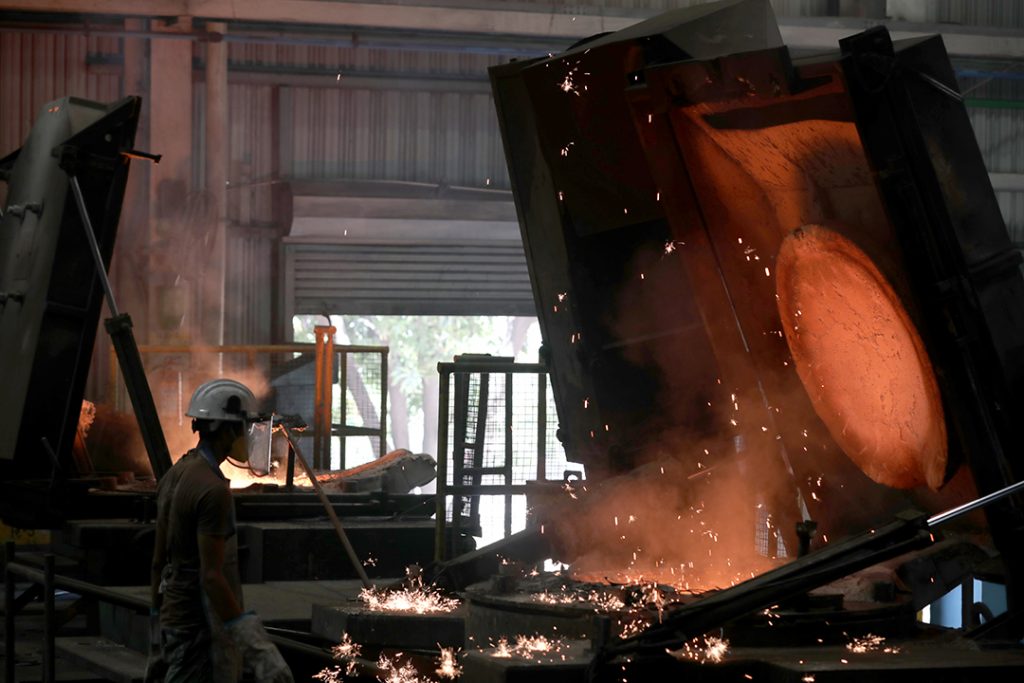



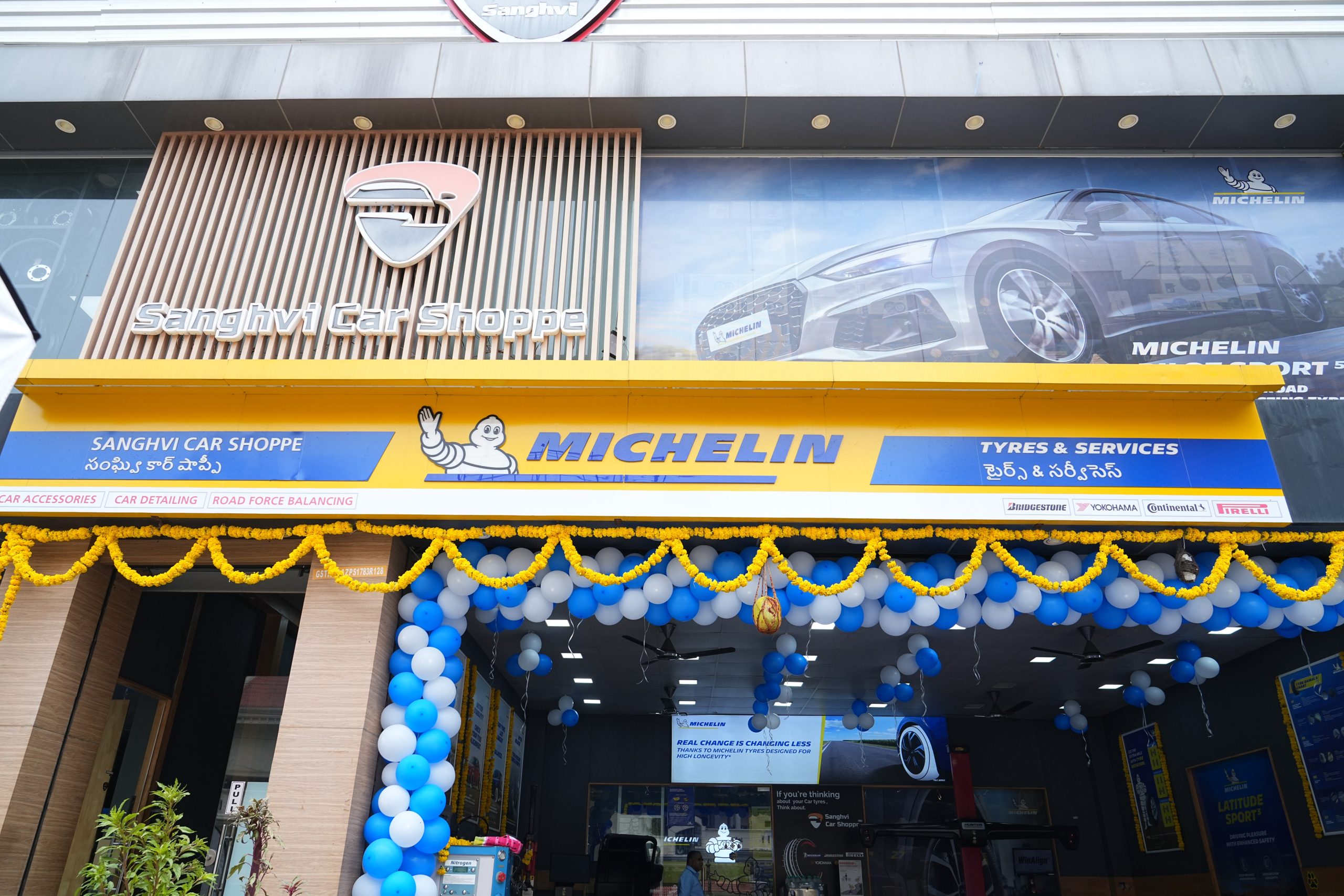
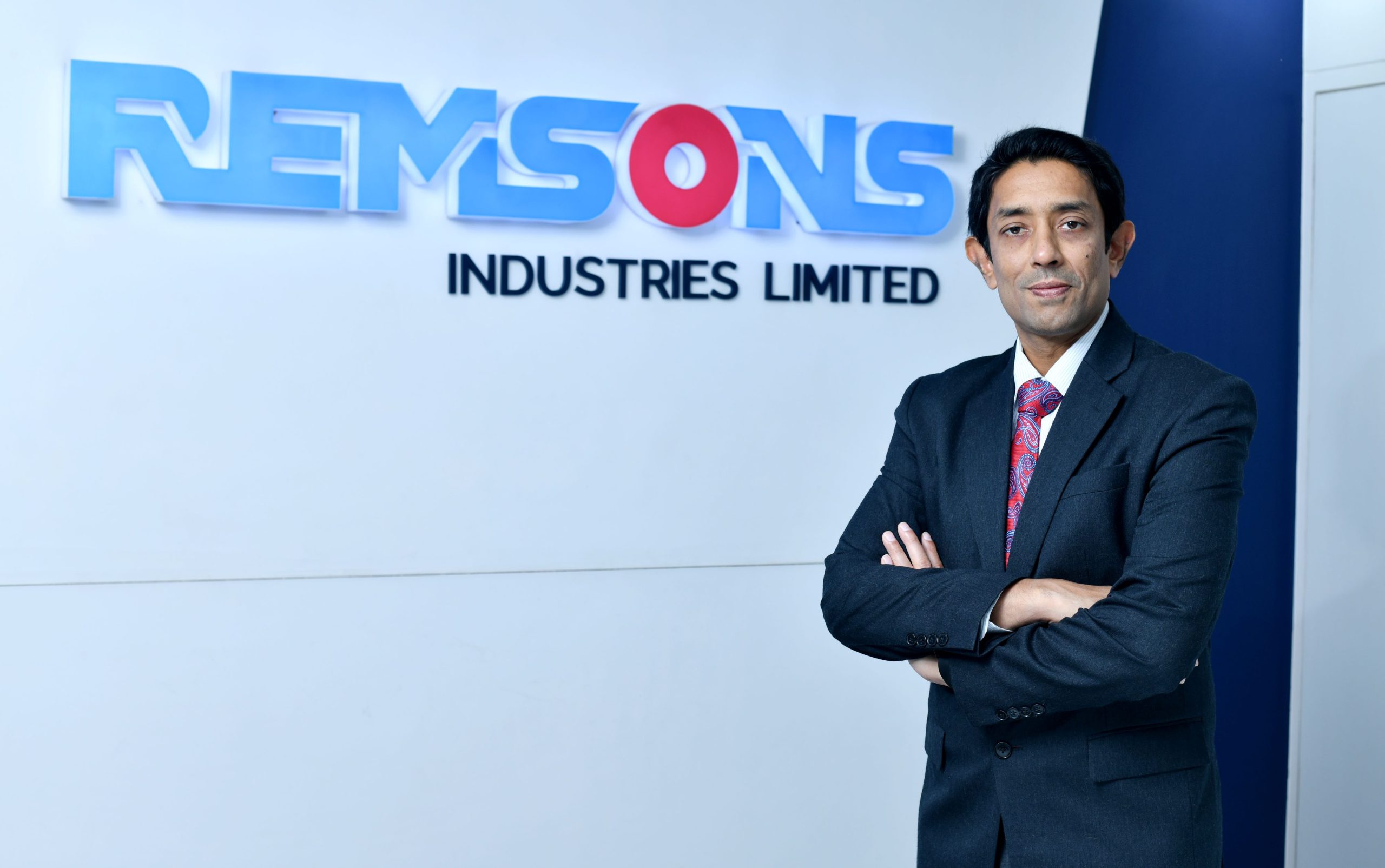
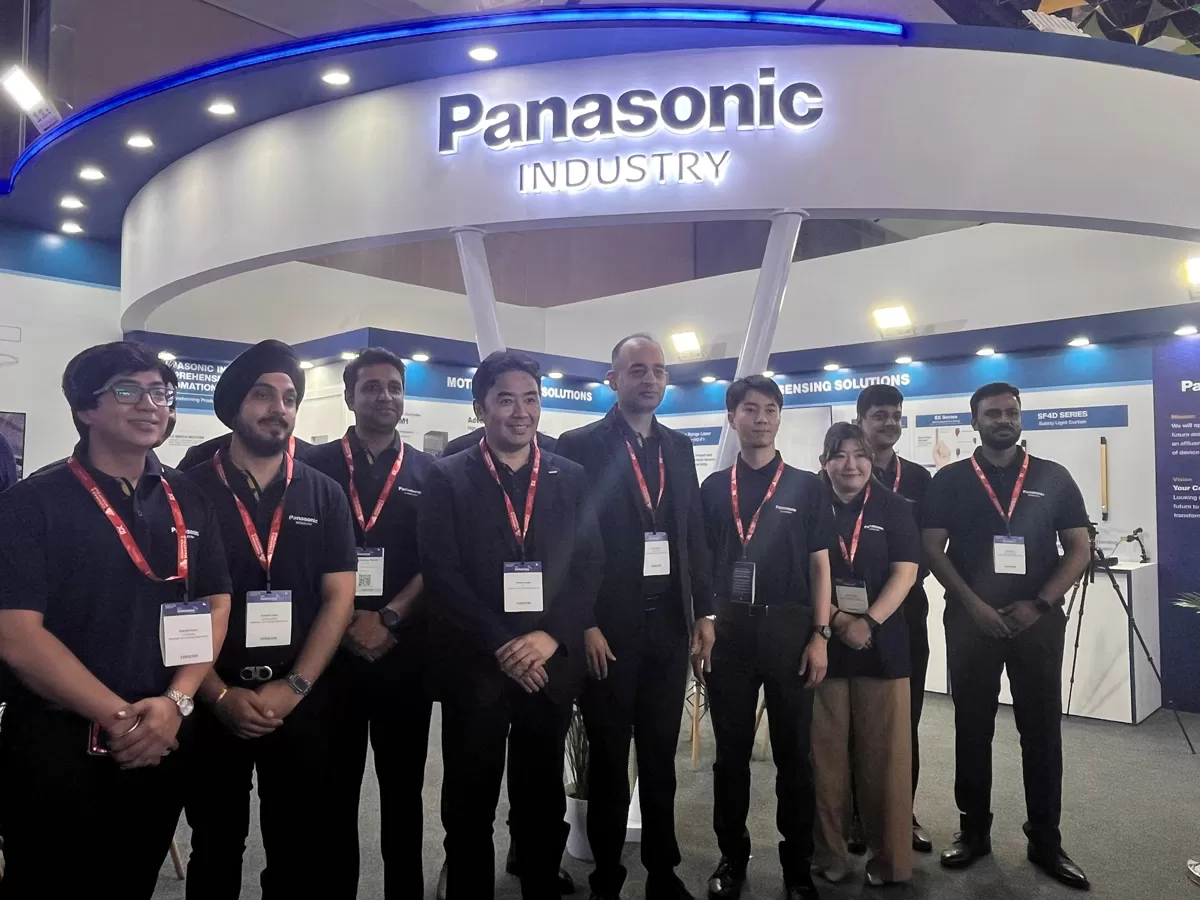


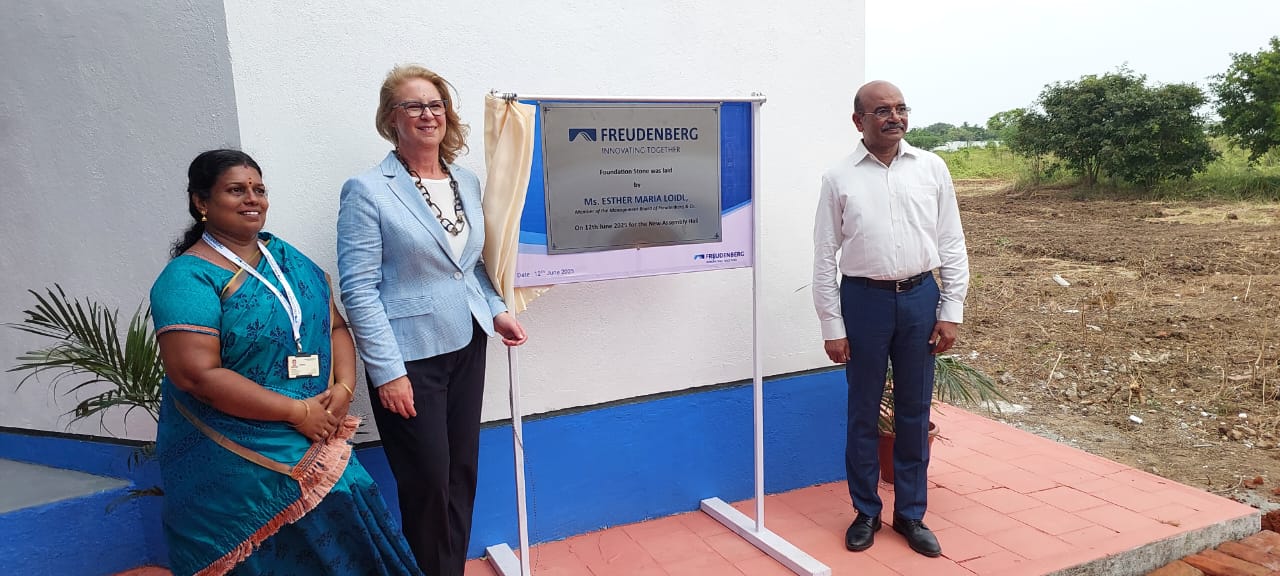

Leave a Reply